
Meal Presentation
Introduction
Meal presentation is an essential aspect of culinary arts that significantly influences the dining experience. The way food is arranged on a plate can enhance its appeal, making it more inviting and enjoyable for guests. This article explores various plating techniques, the importance of visual elements, and practical tips for creating a signature food presentation style.
The Importance of Meal Presentation
Effective meal presentation goes beyond mere aesthetics; it plays a crucial role in the overall dining experience. A well-presented dish can evoke emotions, stimulate appetite, and create a memorable impression. In a competitive culinary landscape, mastering plating techniques can set a restaurant apart, attracting and retaining customers.
Choosing the Right Plate
The choice of plate is fundamental in meal presentation. Several factors should be considered:
- Plate Size: The plate should be large enough to allow the food to stand out but not so large that the portions appear small. A well-proportioned plate enhances the visual appeal of the meal.
- Color Contrast: The color of the plate can significantly impact the presentation. Light plates can make vibrant foods pop, while dark plates can create a dramatic effect, highlighting lighter dishes.
- Shape: The shape of the plate can also influence the presentation. Round plates are traditional, while square or rectangular plates can offer a modern twist.
Maximizing Visual Elements
To create an impressive meal presentation, it is essential to maximize the visual elements of the dish. Here are some techniques to consider:
- Focal Point: The arrangement should develop around a central protein or main component. This focal point draws the diner's eye and serves as the centerpiece of the dish.
- Color Manipulation: Incorporating a variety of colors can enhance the visual appeal. Use vibrant vegetables, sauces, or garnishes to create contrast and interest.
- Texture Variation: Different textures can add depth to the presentation. Combining crispy, creamy, and tender elements can create a more dynamic plate.
- Height and Layering: Adding height to the presentation can create a sense of sophistication. Layering ingredients or using vertical elements can make the dish more visually engaging.
Plating Techniques
Several plating techniques can be employed to elevate meal presentation:
- Classic Plating: This technique involves arranging food in a traditional manner, focusing on symmetry and balance. It is often used in fine dining.
- Deconstruction: This modern approach presents the components of a dish separately, allowing diners to experience each element individually.
- Artistic Plating: This technique emphasizes creativity and artistic expression. Chefs may use sauces, purees, or garnishes to create visually stunning designs.
- Minimalist Plating: This style focuses on simplicity, using fewer elements to create a clean and elegant presentation.
Tools for Effective Plating
Having the right tools can facilitate the plating process and enhance the final presentation:
- Plating Spoons: These are essential for drizzling sauces or arranging delicate components.
- Tweezers: Useful for placing small garnishes or herbs with precision.
- Ring Molds: These can help create uniform shapes and layers, adding structure to the presentation.
- Spatulas: Ideal for lifting and placing delicate items without damaging them.
Conclusion
Mastering meal presentation is a valuable skill that can significantly enhance the dining experience. By understanding the importance of visual elements, choosing the right plate, and employing effective plating techniques, chefs can create dishes that are not only delicious but also visually appealing. Investing time and effort into meal presentation can lead to greater customer satisfaction and a lasting impression.
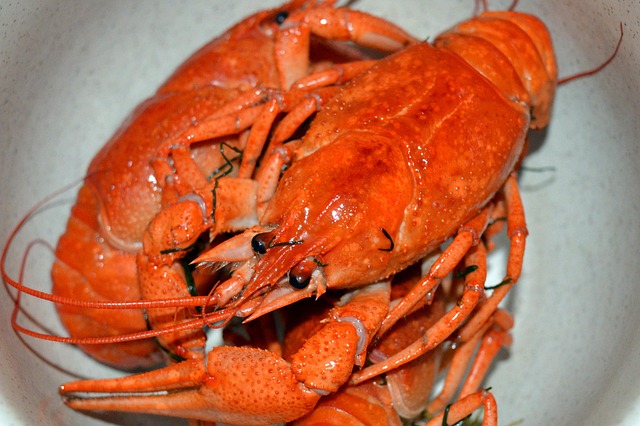
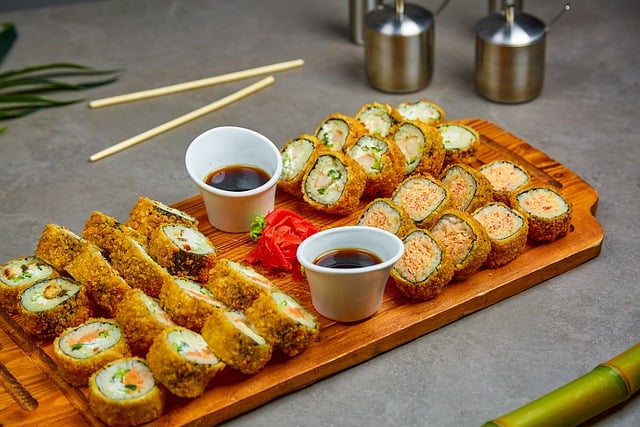

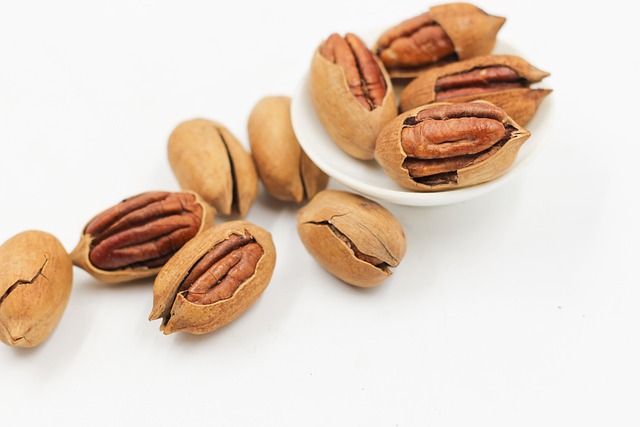

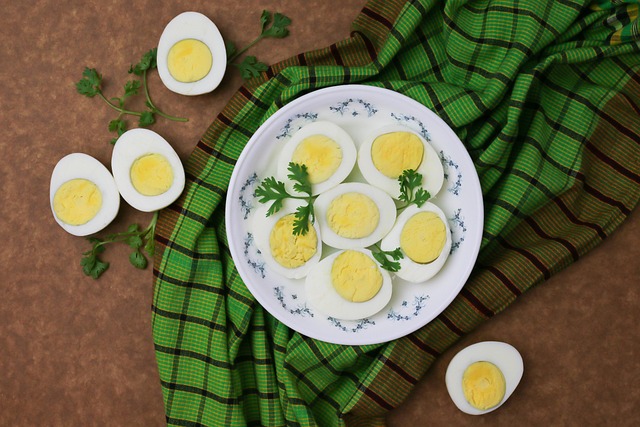
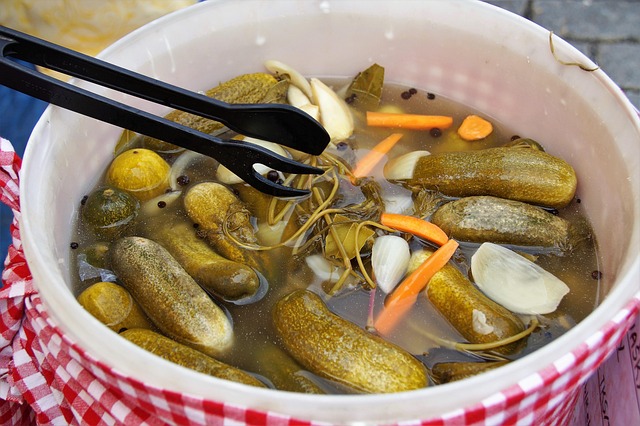
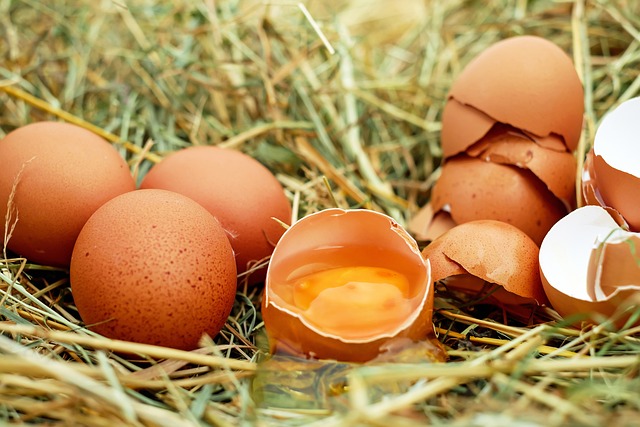
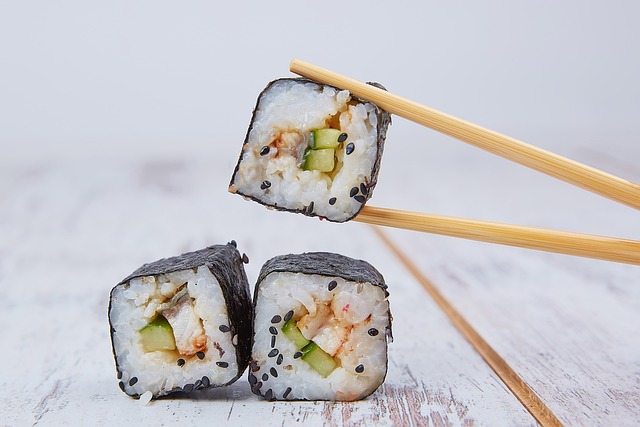
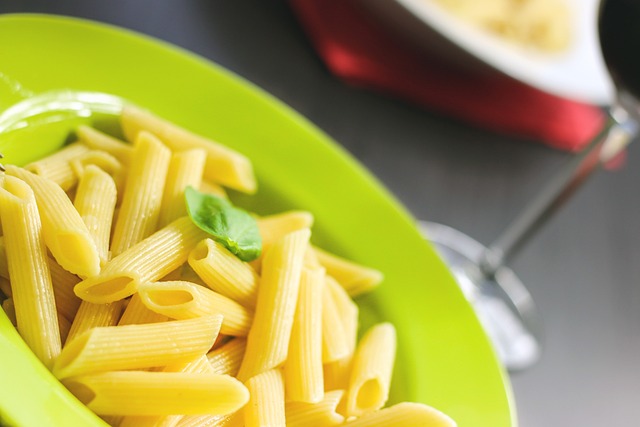
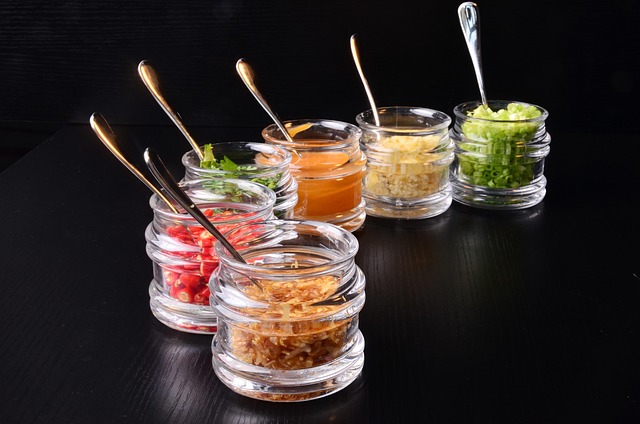

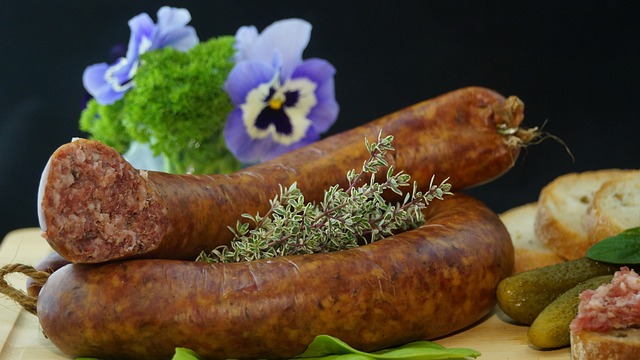


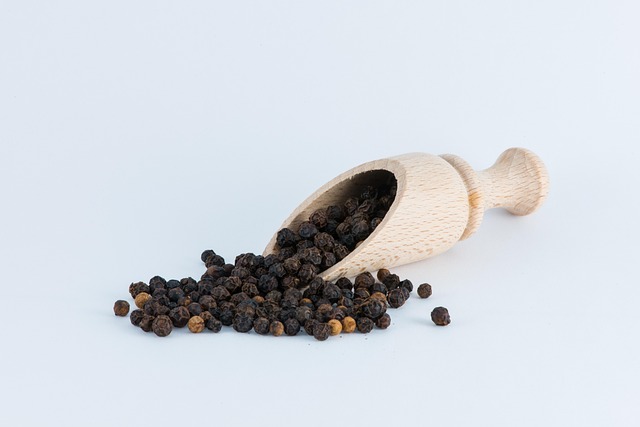
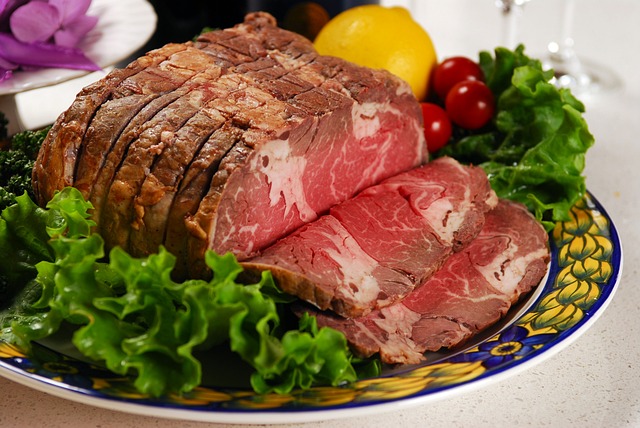
 Discovering Brother's Roast Beef: A Local Favorite in Dedham
Discovering Brother's Roast Beef: A Local Favorite in Dedham 
 Health
Health  Fitness
Fitness  Lifestyle
Lifestyle  Tech
Tech  Travel
Travel  Food
Food  Education
Education  Parenting
Parenting  Career & Work
Career & Work  Hobbies
Hobbies  Wellness
Wellness  Beauty
Beauty  Cars
Cars  Art
Art  Science
Science  Culture
Culture  Books
Books  Music
Music  Movies
Movies  Gaming
Gaming  Sports
Sports  Nature
Nature  Home & Garden
Home & Garden  Business & Finance
Business & Finance  Relationships
Relationships  Pets
Pets  Shopping
Shopping  Mindset & Inspiration
Mindset & Inspiration  Environment
Environment  Gadgets
Gadgets  Politics
Politics 